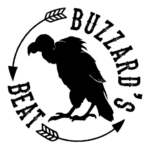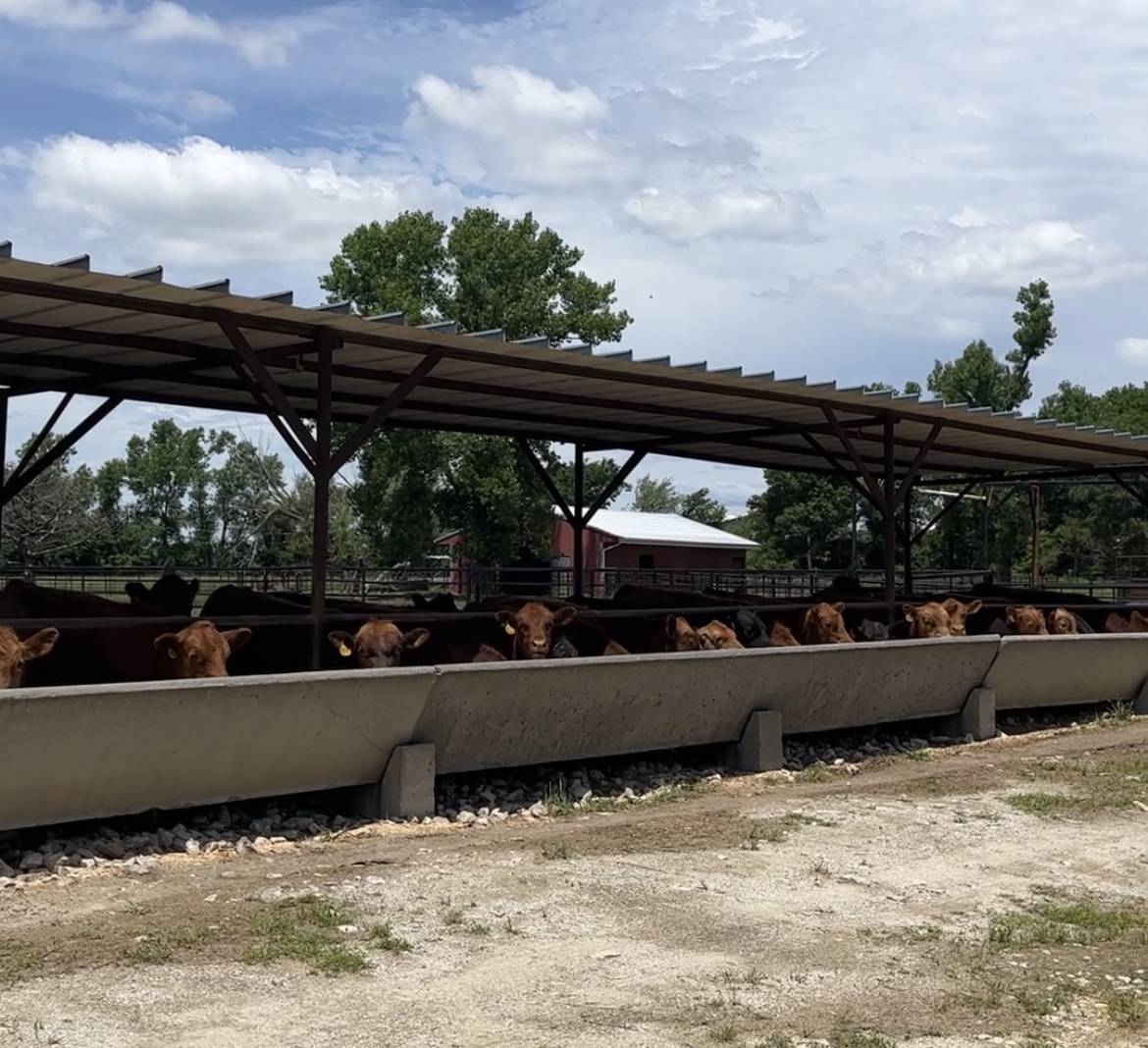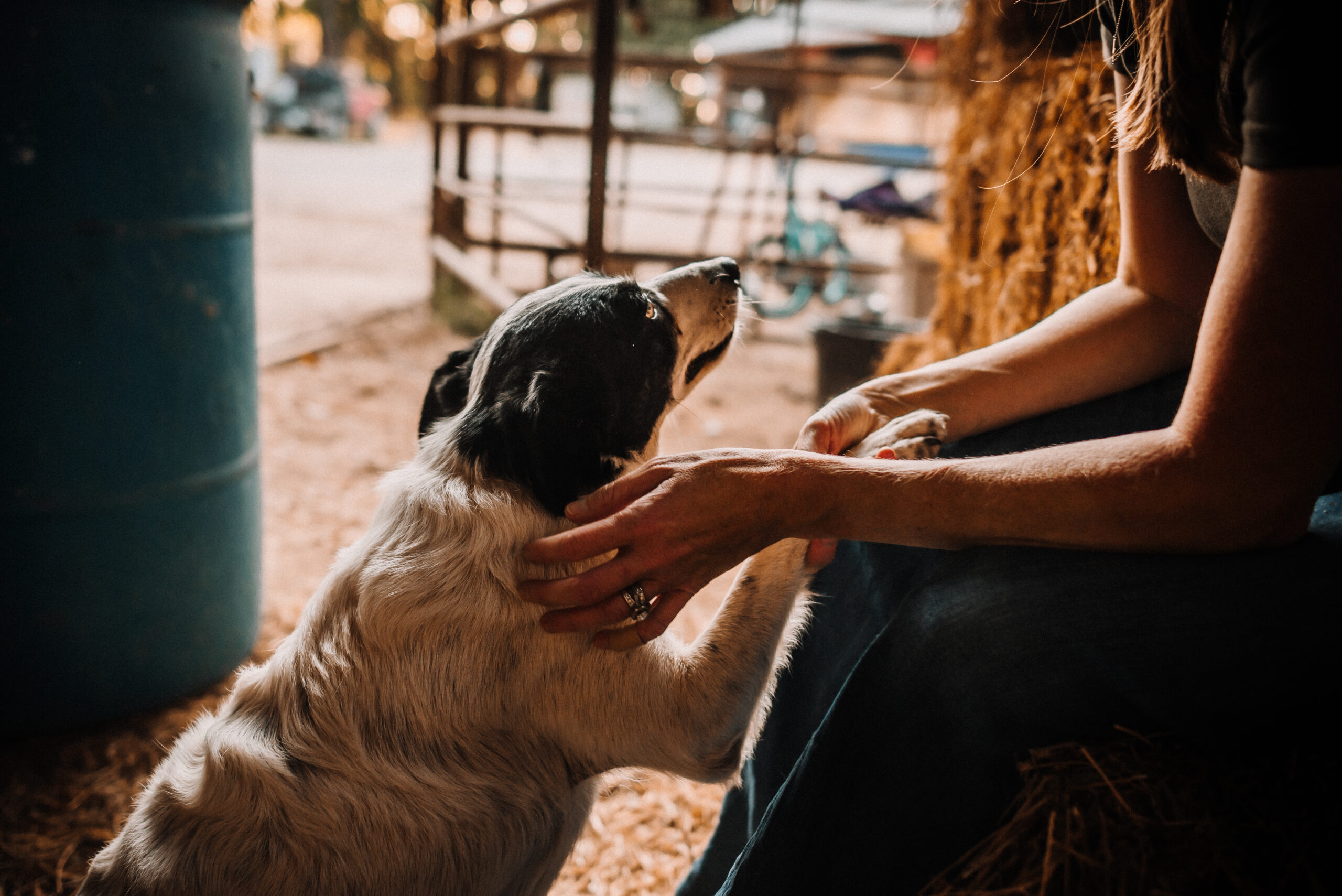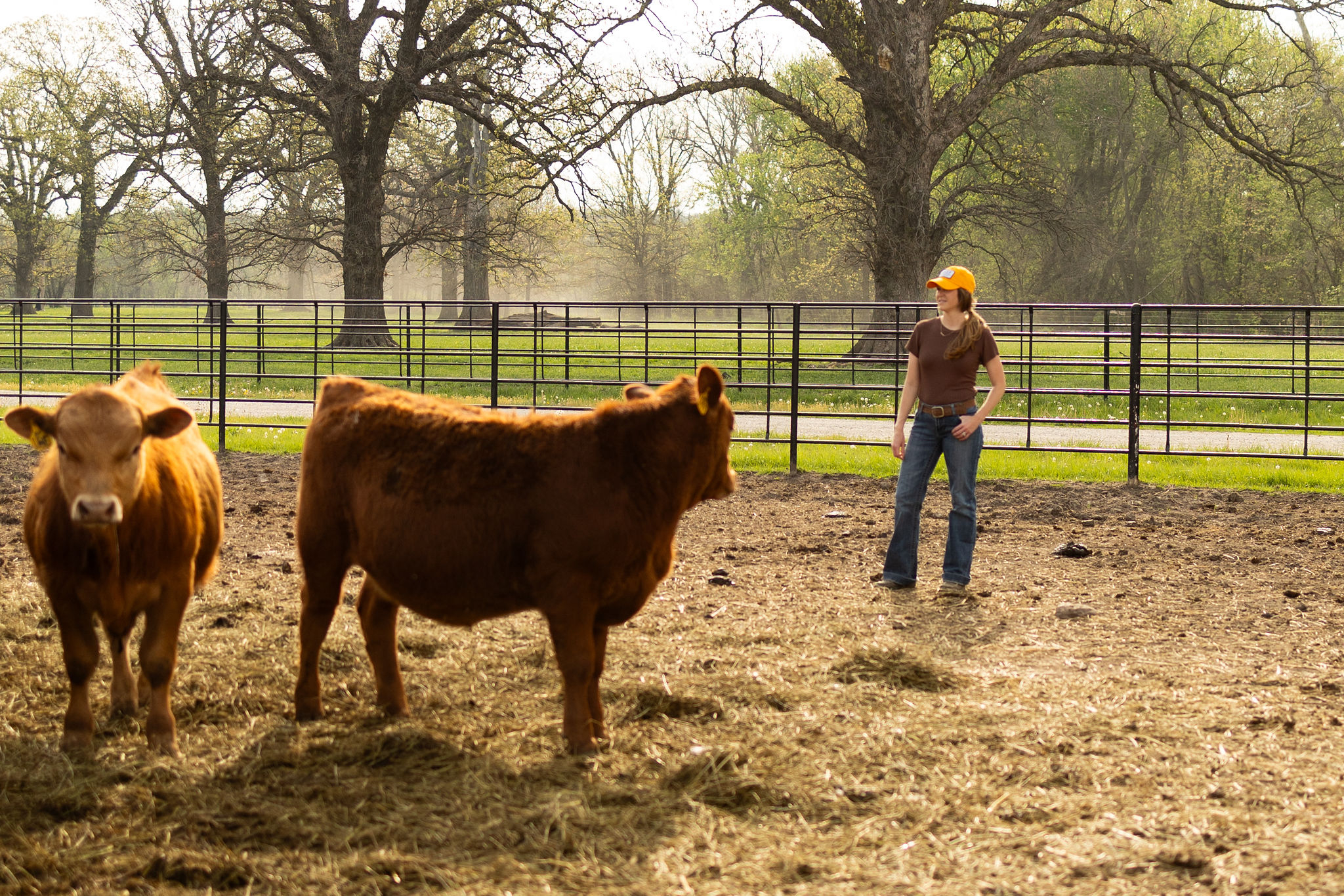Whew – who turned up the heat?! Summer has definitely arrived at our home on the range and while it’s nice to not battle snow drifts and sleet to take care of our livestock, the excessive heat obviously presents challenges of its own.
Just as in humans, heat stress can be harmful to cattle and other livestock, and even deadly, so both on our ranch, and throughout the rest of the farming and ranching community, we take the following precautions to manage our cattle in the sweltering summer heat.
- Access to fresh water is so crucial for metabolic and biologic functions in all animals and during the summer, water requirements double. All of the pens on our ranch have automatic waterers so that water access is never restricted and, thankfully, after a wet spring the ponds and streams in our pastures are full as well. Other cattle owners in drought-stricken areas have to haul water to their cattle daily which is both time-consuming and costly.
- My father, a lifelong cowboy, prefers summer to winter, because in his words, “You can always find a shade tree.” While I disagree with his preference of sweltering heat over no bugs or sunburn, I will say that shade availability makes a big difference in the mitigation of heat stress in cattle. Generally, it’s cooler in the shade and thankfully, our pastures all have at least one stand of trees to provide shade to our cow herd. Additionally, in the pens at our house, we have man-made shades that provide shelter from the sun, similar to what is found in many feedyards. Furthermore, a large percentage of our herd has red hide, instead of black, and that helps with lowering the risk for heat stress, as well.

- A decade ago, when I was embarking on my first training program for a half-marathon, I was quickly reminded that the middle of the day is a dreadful time to be expending energy. The same rule applies for any type of cattle or livestock handling – it’s far better to move or process cattle in the early morning or later in the evening when it starts to cool down. Moving cattle during the hottest part of the day can easily cause them to overheat, which is exacerbated if they are closely grouped together in an alley or corral.
- Ideally, from May to October, our cattle are grazing in pastures so unharvested forage is their number one nutritional source. During a heatwave, cattle will “shade up” and stop grazing until the evening temperatures start to cool off, causing a few potential consequences. For example, if cattle aren’t getting adequate nutrition because it’s too hot to eat, they will start to lose body condition, may produce less milk for their calves and could experience long-term fertility challenges. Those are all production-focused concerns but from an animal welfare point of view, if cattle aren’t grazing and are losing their body condition, they may generate a weaker immune response to health challenges and illness.
When the potential for these heat challenges arises, we monitor our cattle closely for any signs for severe heat stress such as labored breathing, restlessness and drooling. Consistent monitoring allows for us to catch any issues before they become serious and/or deadly. Healthy cattle make for happy farmers and ranchers!
Until next time,
~ Buzzard ~



